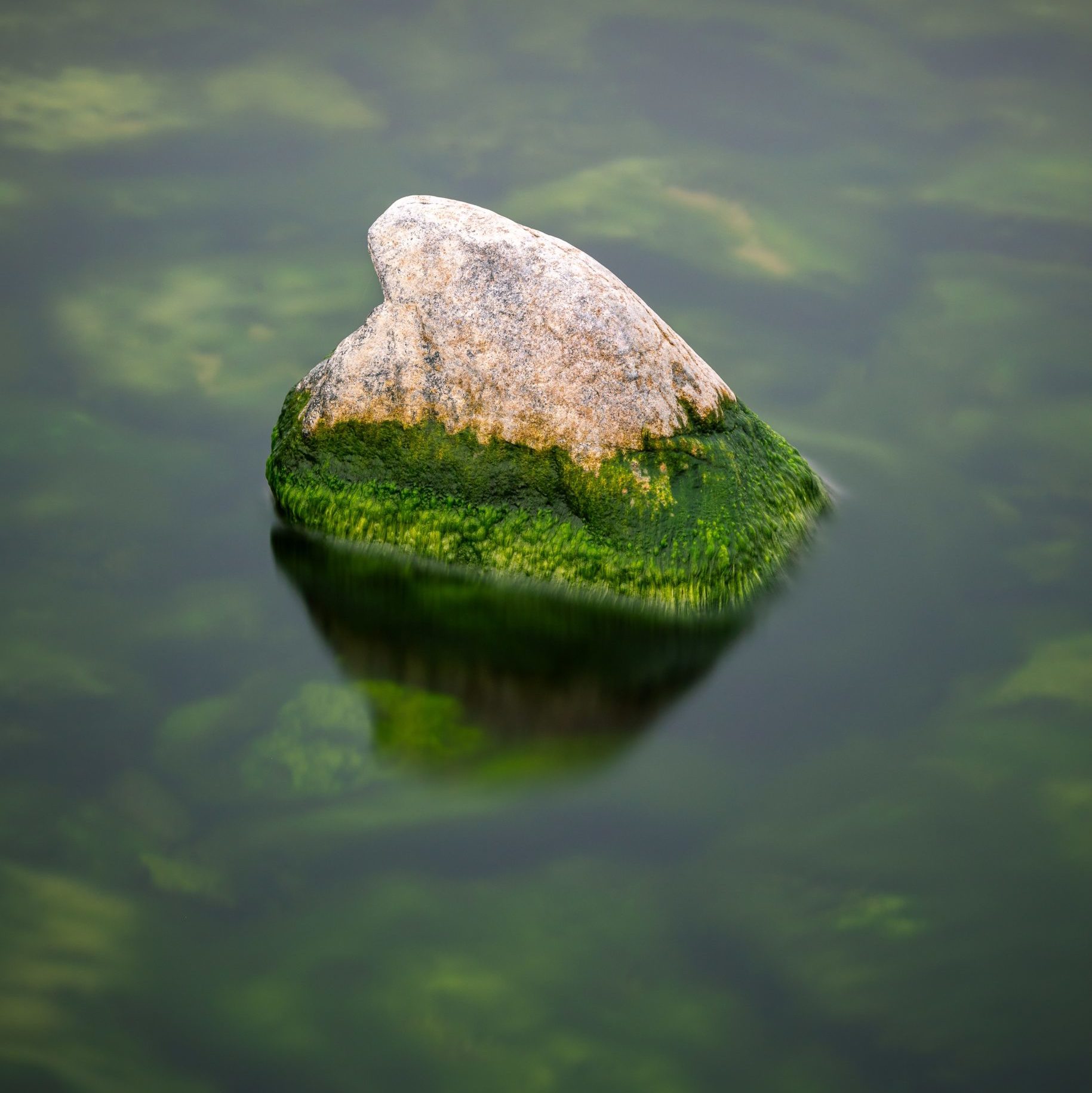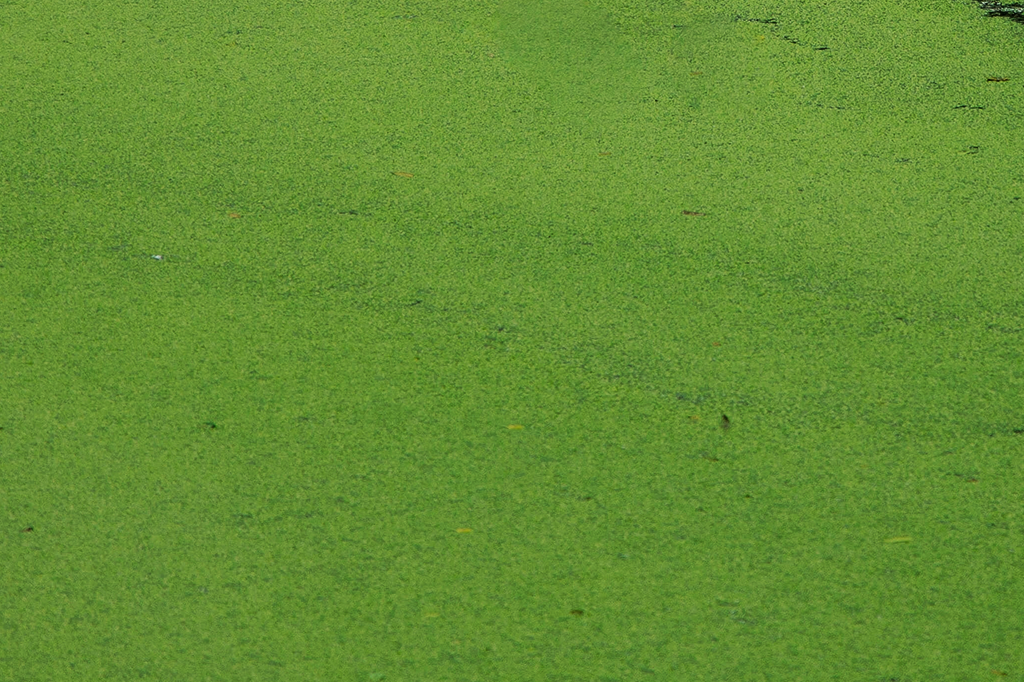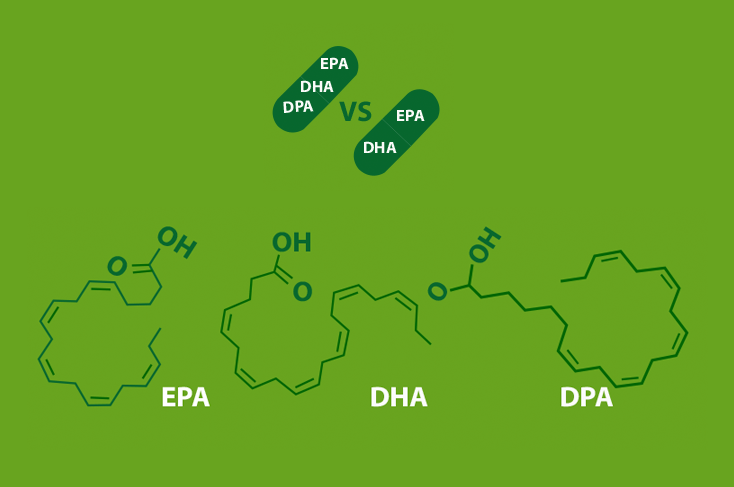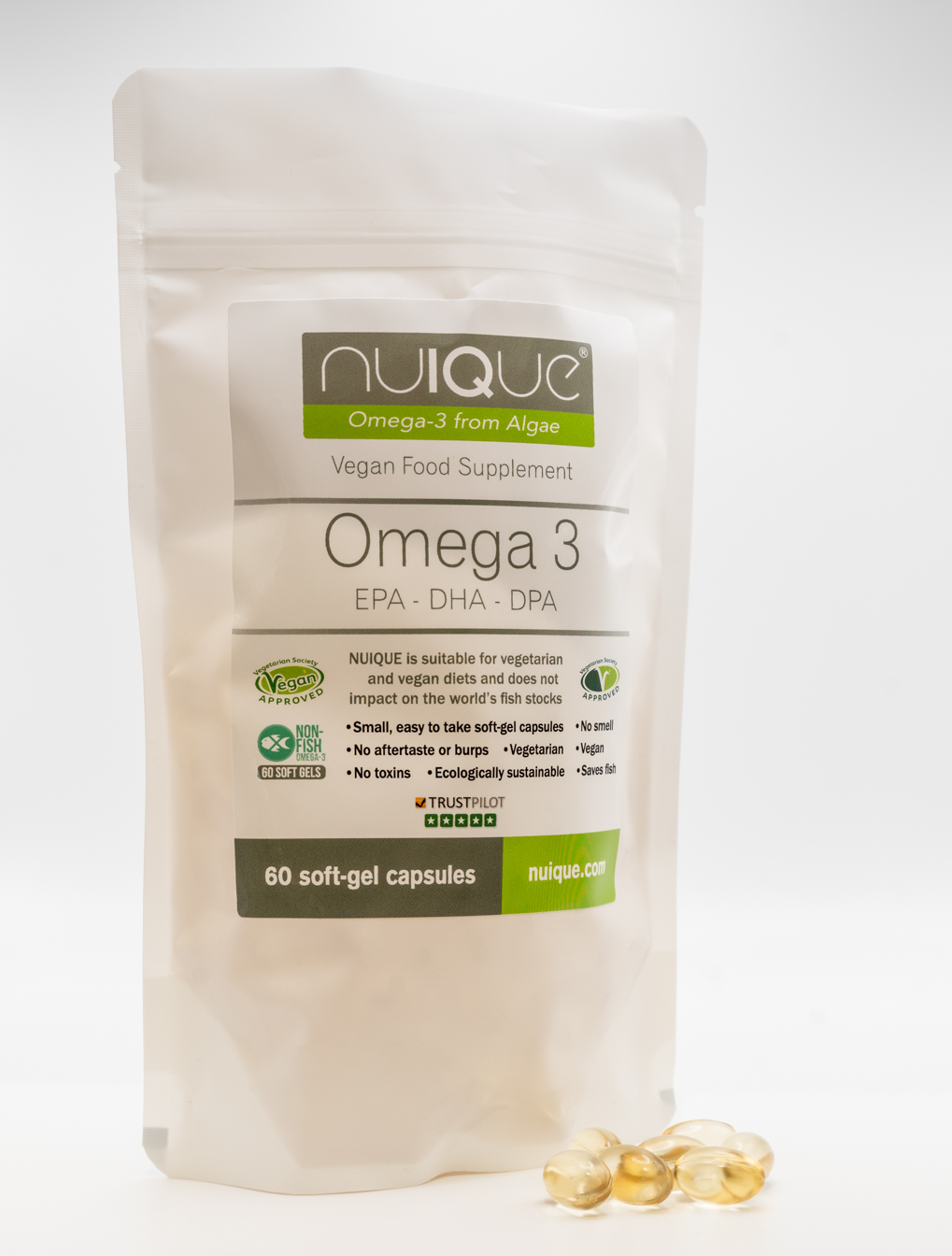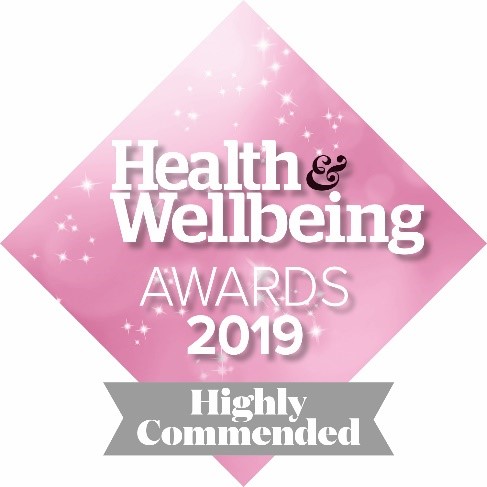Many people don’t know that Omega 3 originates from algae! The plankton or krill eat the algae, small fish eat the plankton and then bigger fish eat them, then humans fish, farm and eat the big fish. So why not cut out the unnecessary killing and go straight to the source. Avoid the hidden nasties that come from eating too much fish! Now here comes the science bit:
With both Omega 3 EPA & DHA being widely recognised as an important part of our diet, is consuming fish or fish oil the best port of call in obtaining these essential fatty acids? Let’s look at the differences starting with fish…
Whilst it’s recommended that we eat at least 2 portions of oily fish weekly, pregnant women, breastfeeding mums and young children are advised not to eat more than that due to high levels of methyl mercury and other contaminants found in some fish.
Fish and fish oil can be contaminated with heavy metals, dioxins and PCBs – Polychlorinated biphenyls (compounds used in the manufacture of plastics).
Some fish oil supplements have been found to be rancid, which can lead to the unpleasant experience of fishy burps.
Statistics show that it takes up to 37 oily ex-fish to produce 60 fish oil capsules!


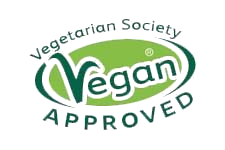 Vegetarian Society Vegan Approved
Vegetarian Society Vegan Approved  Vegetarian Society Approved
Vegetarian Society Approved 